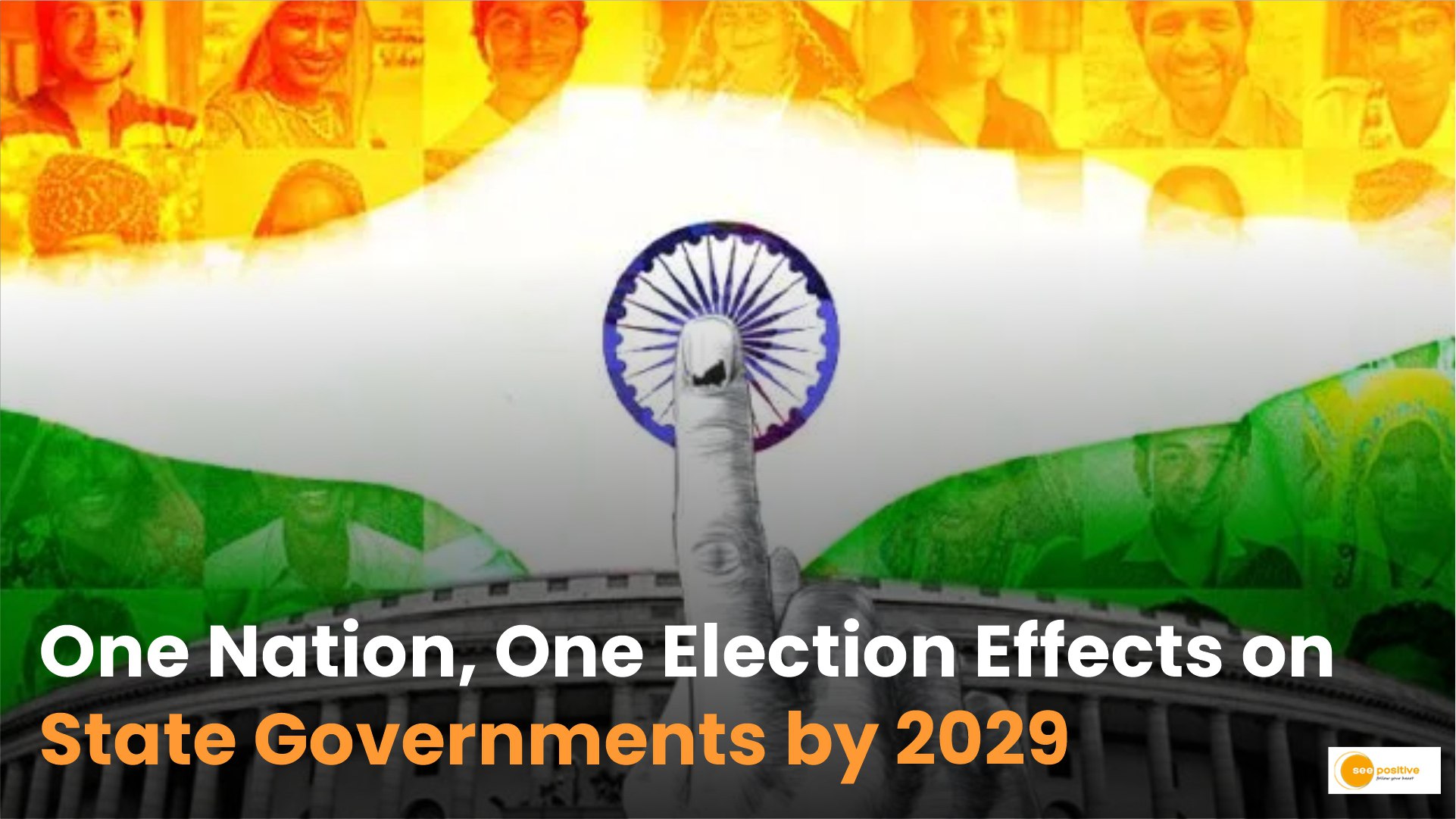The Indian government’s recent approval of the “One Nation, One Election” proposal raises critical questions about the future of state governments. If Lok Sabha and state assembly elections are conducted simultaneously in 2029, at least ten states will have their governments in power for less than a year. This article explores the ramifications of this significant electoral reform.
Overview of the Proposal
The Union Cabinet has endorsed the recommendations of the former President Ram Nath Kovind-led committee to implement simultaneous elections. According to the committee’s report, the goal is to conduct Lok Sabha and state assembly elections concurrently, followed by local body elections within 100 days. This move aims to streamline the electoral process and reduce the frequency of elections in the country.
Impact on State Governments
If the proposed changes are enacted, a significant shift will occur in the terms of several state governments. The following states are projected to face truncated tenures:
- Meghalaya
- Mizoram
- Nagaland
- Tripura
- Himachal Pradesh
- Karnataka
- Telangana
- Madhya Pradesh
- Chhattisgarh
- Rajasthan
These states will see new governments barely lasting a year in office. Additionally, states like Uttar Pradesh, Punjab, and Gujarat, with elections scheduled for 2027, may have governments in power for only two years if they achieve a full majority.
States such as Assam, Kerala, and West Bengal, facing elections in 2026, will also experience shorter governmental tenures, with their next administration lasting only three years. Overall, 17 states are expected to have governments in place for three years or less by 2029.
Constitutional Amendments Required
Implementing simultaneous elections will require significant constitutional amendments. The Kovind committee has recommended changes to Articles 83 and 172, which pertain to the tenure of Lok Sabha and state assemblies, respectively. These amendments would need to be approved by Parliament to take effect, ensuring the simultaneous elections do not violate constitutional norms.
Potential for Mid-term Elections
Following the implementation of “One Nation, One Election,” if a Lok Sabha or state assembly loses its majority after the scheduled date, the committee has proposed provisions for mid-term elections. These elections would result in a new government only serving the remaining duration, termed an “unexpired term.”
The likelihood of trust votes and other political maneuvers may diminish as the opposition might see less incentive to destabilize a government that may not have a full five-year term ahead of it. This could lead to greater political stability in the interim.
Positive Takeaway
The “One Nation, One Election” proposal represents a transformative approach to India’s electoral landscape. However, it also raises significant concerns about the viability and stability of state governments facing truncated tenures. As the political landscape evolves, the implications of these changes will need to be closely monitored to ensure democratic integrity and effective governance across states.


